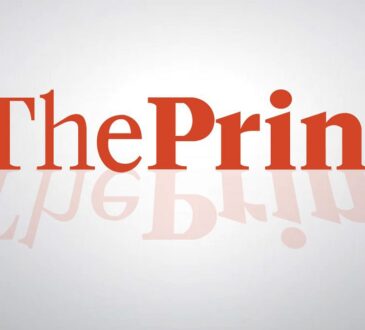Unlock the Editor’s Digest for free
Roula Khalaf, Editor of the FT, selects her favourite stories in this weekly newsletter.
The US dollar is not a tide that lifts all boats. We saw that clearly earlier in April as an elevated US dollar, driven to a six-month high against a basket of other currencies by a repricing of US interest rates, exposed pockets of currency stress in Asia. The Japanese yen and Korean won dropped to historic lows, and other currencies, ranging from the euro to the renminbi, have tumbled since.
This is not the highest the dollar has reached — it peaked higher in September 2022, when a surprise rate jump and Russia’s war in Ukraine spurred dollar demand. But unlike 2022, when investors flocked to the dollar amid a global tightening cycle, a stubbornly hot American economy now contrasts with a disinflationary global backdrop. With markets now betting that US interest rates will remain high while rates fall elsewhere, investors will choose the dollar to latch on to better returns and supercharged American growth. This threatens to create more upward pressure on the value of the dollar, with risks for the global economy.
First, a strong dollar alters trade flows, with the potential to renew global inflation. It raises America’s purchasing power, allowing US consumers and companies to snatch up goods from other economies. This may export inflation to countries that have already begun to quell rising prices, as local consumers and companies must pay more for dollar-priced goods. Commodity prices have also moved in line with the dollar since 2020, according to the Bank for International Settlements.
Trade shifts may be especially destabilising for the US. A strong dollar makes imports more appealing, while exports are priced out of foreign markets. This may undermine President Joe Biden’s manufacturing stimulus and his battle with the persistent US trade deficit. It could also undercut efforts to de-risk supply chains from China, potentially leading to more tariffs and tension. A stronger dollar paired with a deflating Chinese economy could allow Chinese goods to flood the market, especially in critical sectors where China already has an edge on prices.
A bullish dollar could add to existing stresses in the financial system, too, particularly by raising debt repayments facing emerging economies. IMF managing director Kristalina Georgieva has warned that high US rates could cause a slew of defaults — with the potential for regional or global spillover.
Potential solutions are few and far between. Many countries sit on large reserves and could sell off dollars. But if interest rates in the US continue to stray from the pack, any intervention would be momentary and come at the cost of liquidity. While the US could theoretically undertake a co-ordinated dollar-selling effort, most analysts view this as unlikely. Some countries may choose to raise interest rates, as Indonesia did last week, to stave off the dollar, but that threatens to damp economic growth.
The longer-term trajectory of the dollar may ultimately come down to the November presidential elections. Biden has not commented on the strong US currency, though Janet Yellen did voice concerns in a meeting with her Japanese and Korean counterparts. Donald Trump, meanwhile, has called the dollar’s gains a “disaster”. Some of his likely picks for economic posts, including former trade representative Robert Lighthizer, have floated drastic measures to deal with the strong dollar and mounting US debt, reportedly including dollar devaluation. While such actions might achieve their immediate aims, they may also depress global confidence — and create a host of new problems.

